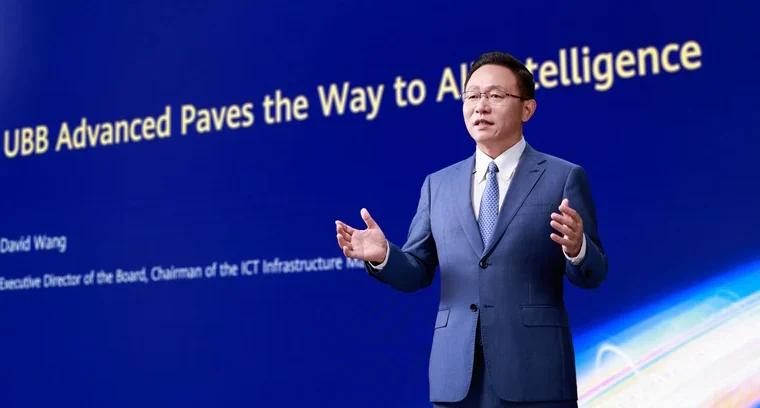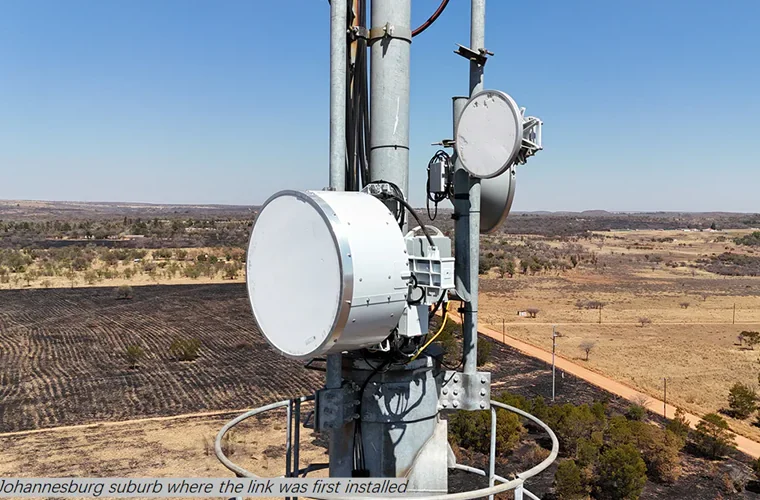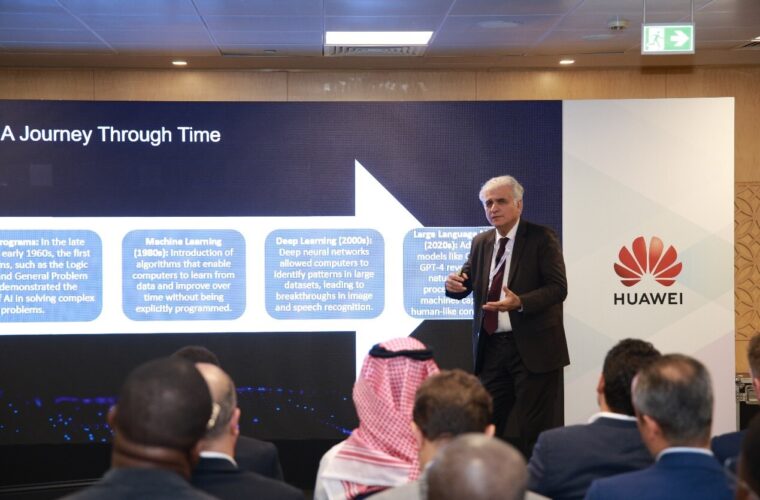Huawei has broken ground on Lianqiu Lake, a huge research and development centre designed to accommodate more than 35,000 scientists, engineers and various personnel. Larger than Apple Park and Microsoft’s Redmond Campus combined, it covers more than 10 square kilometres and costs 10 billion yuan, which is about 1.26 billion euros. Divided into eight districts connected by overpasses, roads and trains, Huawei’s new nerve centre will focus on 5G systems, the development of 6G connectivity, smartphones and tablets, smart vehicles, energy-related solutions and semiconductors, an area in which China is investing heavily to close the gap with the West and to neutralize. As a result, the United States imposed restrictions on the import of advanced chips.
Huawei, which saw its revenue drop by 23 per cent between 2019 and 2021, has been hit hard by U.S. restrictions. Just think of its ouster from the U.S. market, the termination of its business relationship with TSMC, which supplied the company with 90 per cent of the chips used in its smartphones, and its exclusion from 5G in several countries, including Germany. But in the act of escaping sanctions, it has become a pillar of Chinese technological innovation. In between, there have been murky issues such as shadow chip factories, rumours of unofficial help from Taiwan, and accusations of using smuggled technology, but these are just rumours. Instead, let’s talk facts about Huawei’s exceptional recovery in the Chinese smartphone market.
Crucial for Huawei
The consolidation of these research efforts has become crucial for Huawei, hampered by international sanctions and restrictions, particularly those imposed by the US. For example, one of the most severe impacts the company has experienced has been restricting access to advanced semiconductors – a perilous development for the world’s largest provider of 5G networks and a leader in sales of telecommunications equipment.
These efforts have become essential for the company’s survival, as sanctions – particularly those imposed by the US – have created significant hurdles. One of the biggest blows has been restricted access to advanced semiconductors, a critical component of Huawei’s dominance in 5G networks and telecom equipment sales. In 2020, TSMC, a major supplier responsible for over 90% of Huawei’s smartphone chips, was forced to cut ties due to US export controls. This move effectively pushed Huawei out of all its business lines that were reliant on these advanced chips.
The sanctions also resulted in a substantial revenue drop – a 23% decline from 2019 to 2021. This decline likely hampered Huawei’s ability to invest in further R&D. Additionally, limitations on collaboration with international partners and participation in global research initiatives have likely slowed down innovation. To counteract these effects, Huawei has had to redirect significant resources towards building a domestic supply chain and developing alternative technologies. This shift has come at the cost of progress in other R&D areas.

Developing its own alternatives
Prior to the sanctions, Huawei relied heavily on companies like TSMC for its smartphone chips. Now, cut off from these suppliers, Huawei must develop its own alternatives or find domestic replacements. This requires significant chip design and fabrication investment – areas where Huawei previously lacked expertise. Collaboration with international research institutions and partners was once a cornerstone of Huawei’s R&D strategy. Sanctions have hampered this, forcing Huawei to innovate in isolation. This can slow down progress and limit access to diverse perspectives and cutting-edge ideas.
The scramble for domestic alternatives has diverted resources from other R&D areas. While Huawei is pouring money into chip development, other promising technologies might be neglected. This creates a trade-off between short-term survival and long-term technological advancement. The success of Huawei’s R&D push remains uncertain. Developing complex technologies like advanced semiconductors takes time and significant resources. Even if Huawei manages to develop alternatives, they might not match the performance or efficiency of established players.



